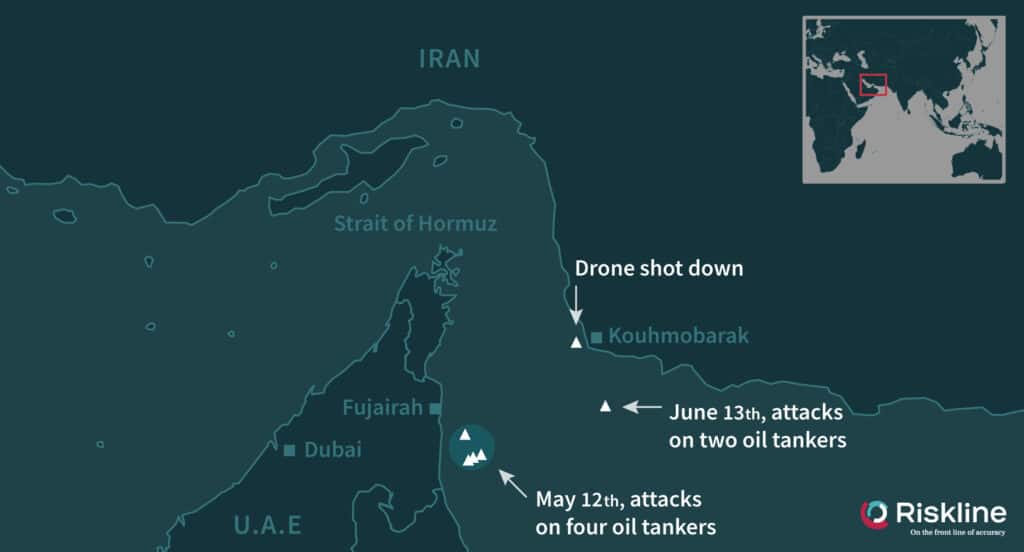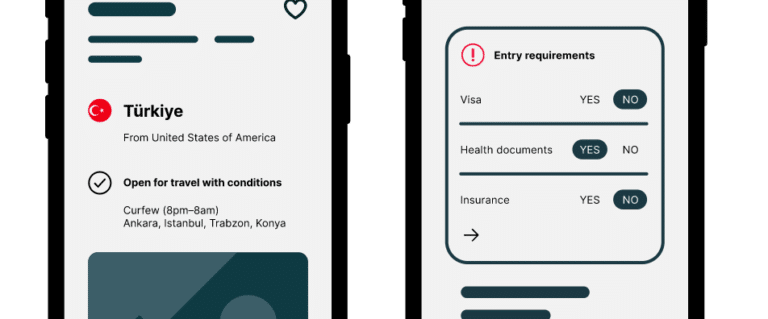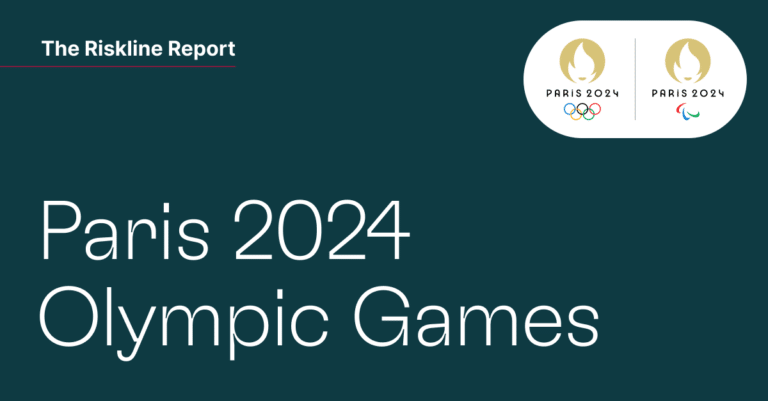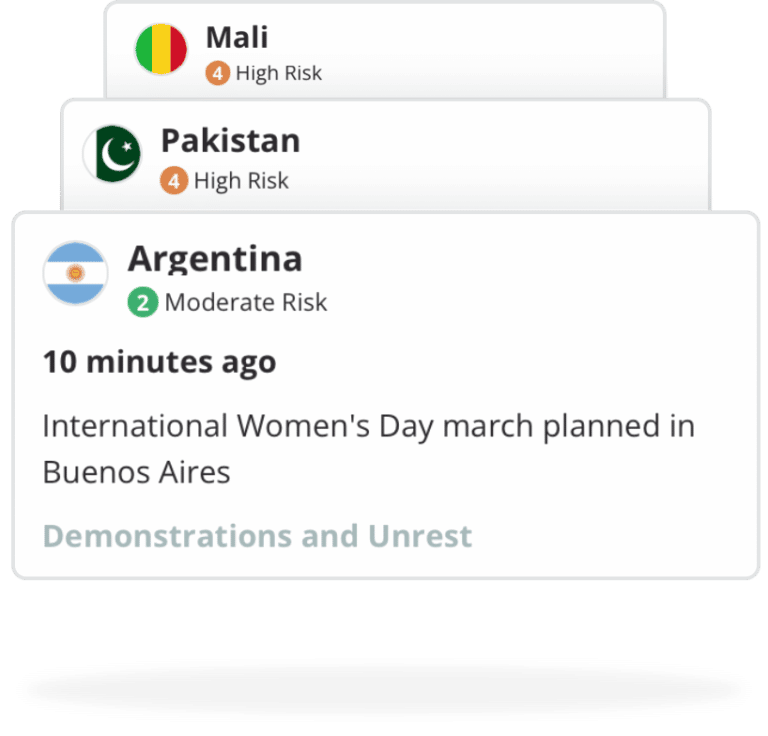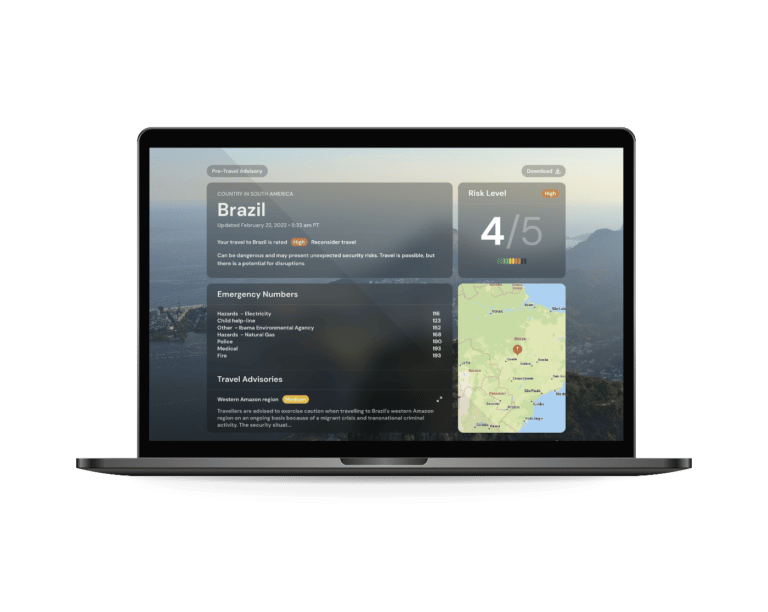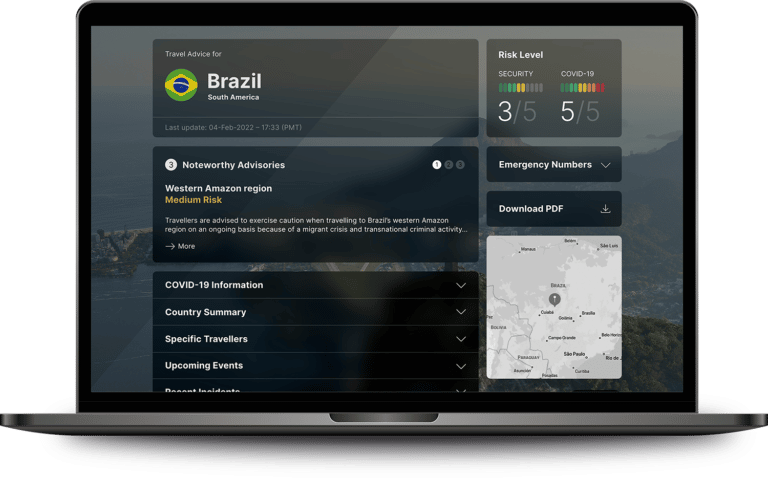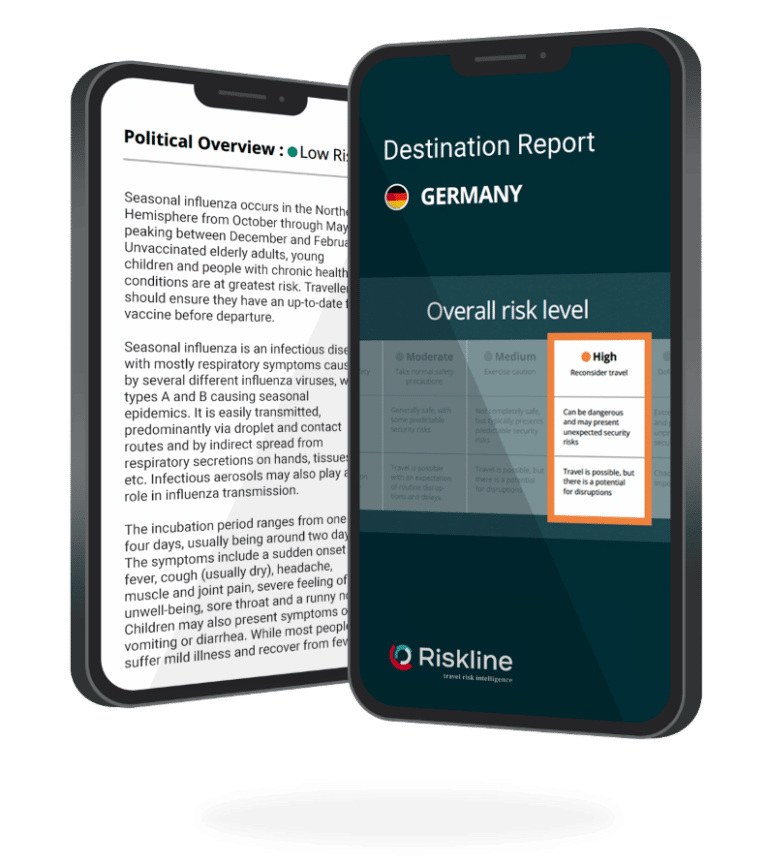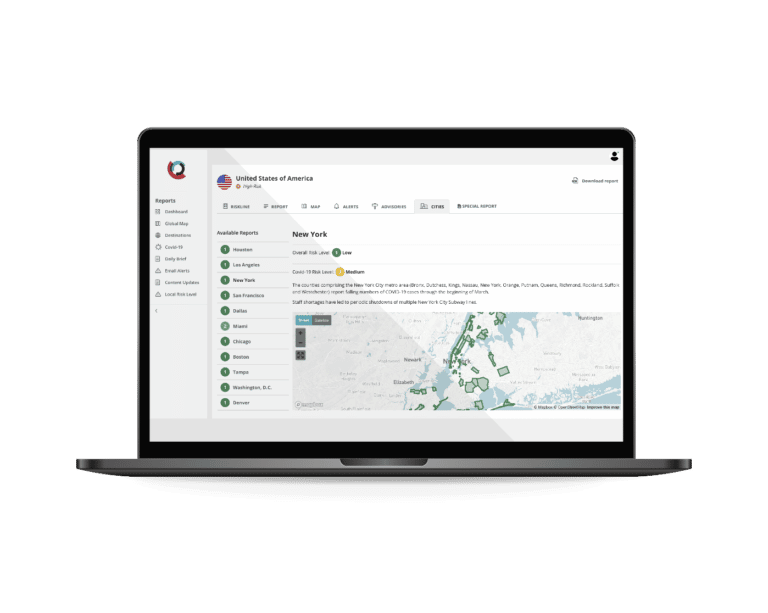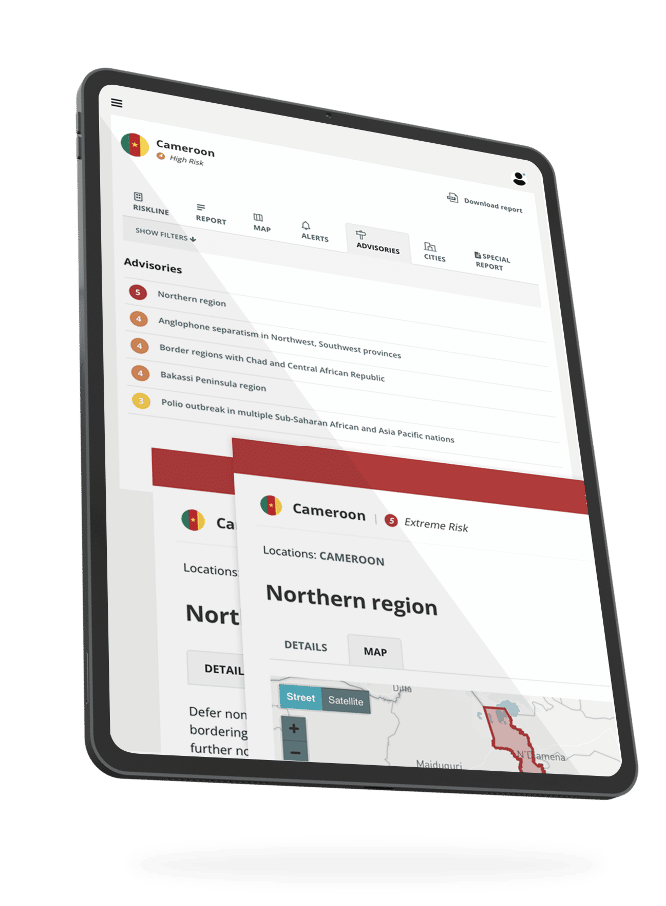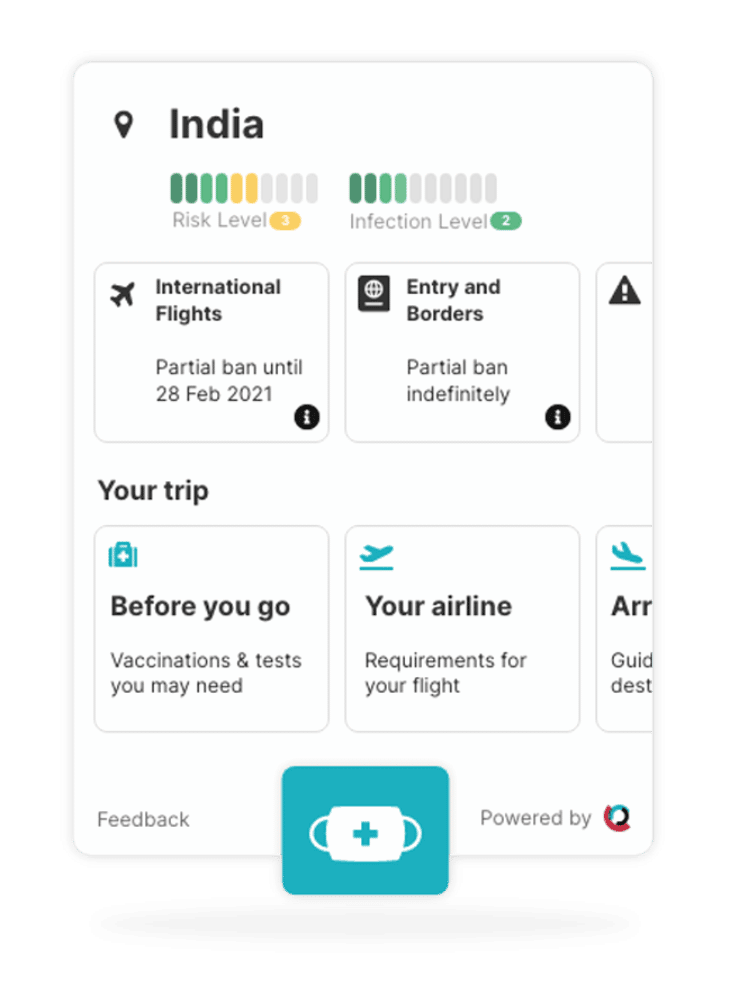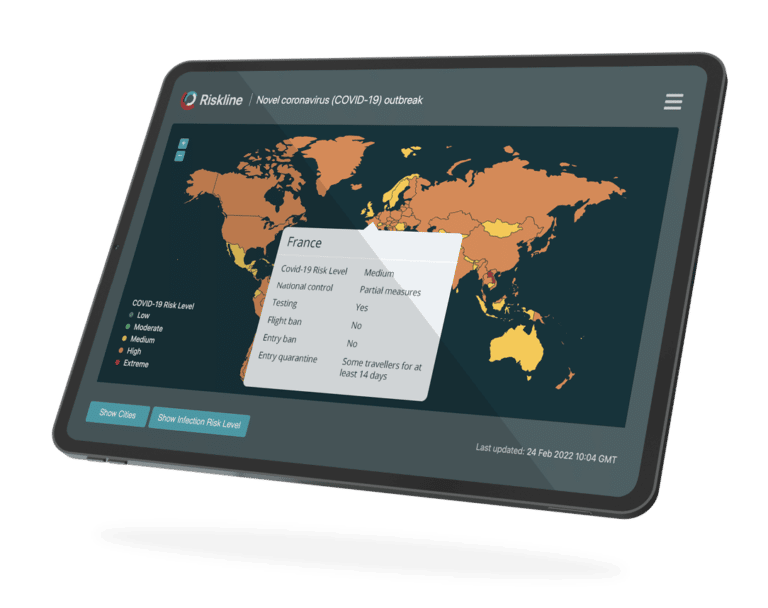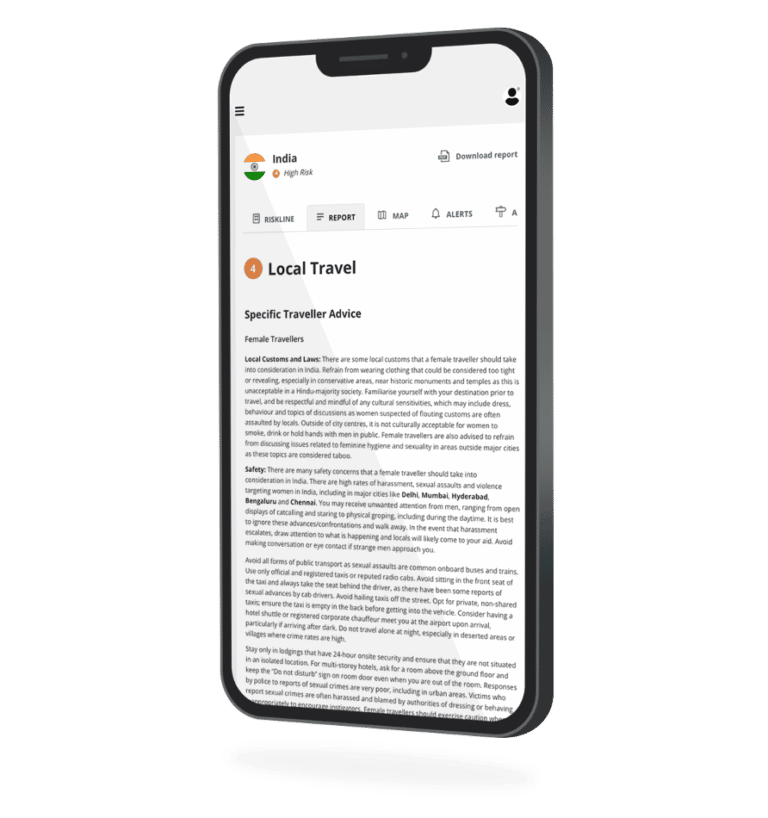Since the United States (US) withdrew from the Joint Comprehensive Plan of Action (JCPOA) governing Iran’s nuclear program in 2018 and began reinstating sanctions on the Islamic Republic, Supreme Leader Ayatollah Ali Khamenei has pursued a two-tier track to try to reverse this situation. The primary diplomatic track mechanism Iran employs here is the threat to resume uranium enrichment from 7 July beyond the parameters set in the JCPOA to pressure the other signatories to the deal – China, Russia, the United Kingdom, France, Germany and European Union (EU) – to continue doing business with Iran in defiance of the sanctions. Despite some sanctions waivers on oil granted by the US and the EU creating a sanctions-exempt Instrument in Support of Trade Exchanges (INSTEX) for humanitarian goods, Iran’s leaders do not consider these moves sufficient to justify them staying in the nuclear deal. The Islamic Revolutionary Guard Corps (IRGC) has also been directed by the Supreme Leader to step up its operations to signal to the US and its allies that further sanctions will result in even more disruptive moves by Iran.
The US seeks to compel Iran to change its behaviour – effectively, to capitulate – through the sanctions, an unlikely outcome given the many new demands the US has made on Iran both in and outside the nuclear arena. Statements by US policymakers, particularly President Donald Trump, signal to Iran that the US is prepared to carry out massive retaliatory strikes if and when American redlines are crossed. But at the same time, some of these very same statements can be read by Iran to mean that there is wide room to maneuver in before running up against redlines. Further actions short of war, or even a miscommunication, in this environment could trigger a direct engagement between the two countries’ militaries.
Iran considers the sanctions to be acts of war and has repeatedly rejected overtures to come back to the negotiating table because it was the US, and not the Islamic Republic, that withdrew from the JCPOA and reinstituted sanctions. Now, any further moves by either Iran or the US could collapse the nuclear deal entirely within a year, and it is unclear what would happen then, despite Iran’s insistence it does not seek nuclear weapons. Before then, Iran’s leaders hope that their asymmetric actions and threats reach a point where other JCPOA signatories will blink first. Iran’s ultimate goal is to compel the US and its allies to change their behaviour towards the Islamic Republic by ratcheting up the risk of confrontation to a point where the US-led “maximum pressure” campaign splinters apart. This must happen before sanctions can force Iran back to the negotiating table to avoid total economic collapse, as a climbdown would constitute a major loss of face at home and undermine the credibility of Iran’s military deterrence. Drawing out this thinking, a short military conflict with even a slight chance to upset the board would be preferable to staying in a deal that has brought slow strangulation and unfulfilled promises by its other signatories.
Tensions between the US and Iran sharply escalated on 20 June when an Iranian air defence unit shot down a US Navy drone over the Strait of Hormuz. In response to this and other recent incidents attributed to Iranian intelligence and its proxies in the region – limpet mine attacks on oil tankers, Katyusha rocket launches at US facilities in Iraq – US Cyber Command carried out cyberattacks but President Trump called off planned airstrikes on Iran, citing concerns that the US response would have been disproportionate at the time and politically gone over poorly. Following the shootdown, multiple commercial airlines will no longer fly over the Strait of Hormuz while some countries have begun providing naval escorts for tankers in the region.
In the event of a US-Iran conflict, escalation is certain and, in the Strait of Hormuz, would to some degree echo the ‘Tanker War’ of 1987-88, when an international US-led coalition organised convoys and minesweeping operations to protect commercial shipping from Iranian raiders, actions that would cost the US military much time and money to execute. Iranian forces possess large missile stockpiles that pose a serious threat to maritime and air traffic in the region. And Iran, while vulnerable to US cyberattacks that could cripple its economy, could also retaliate in cyberspace by going after critical infrastructure and transport hubs once the bombs begin to fall.
The position of the US’s regional allies, particularly Israel, Saudi Arabia and the United Arab Emirates (UAE), is mixed but, despite loud bluster in some circles, these nations also are not openly in favour of a war right now. A general consensus exists that the sanctions are working and to go to war would undo this progress because their shared interests only go so far. (See Riskline Informer “Israel and the Gulf Arab states”.) A war involves too many unknowns. Israel would face attacks on its interests abroad and at home from the West Bank and Gaza, Syria and Lebanon. The Gulf States, likewise, would be risking even more severe damage from attacks out of Iran and Yemen targeting them. The pro-Iran Houthi rebels in Yemen have already carried out far-reaching attacks upon energy and transport hubs in Saudi Arabia, despite advanced air defences and retaliatory bombings of Yemen. And in Iraq, which does not seek regime change in Tehran and would be the site of actual on-the-ground fighting between US forces and Iranian proxies as in 2003-2011, there is little appetite to get involved.
There is a broad hope within the US-led coalition that the intolerability of the sanctions will lead to a mass anti-government uprising. Iran’s leaders are aware that they are seen by a disappointed public as using the sanctions to partly excuse their own corruption and mismanagement. They do fear widespread discontent, which spontaneously erupted over a host of grievances all over the country in the winter of 2018-2019, related to the sanctions’ impact. The average citizen may, though, instead of taking to the streets, just simply withdraw from political life to focus more on day-to-day survival. Sanctions also evoke a strong nationalist, rally-around-the-flag effect while many of those who are well-off have already found ways to insulate themselves from these sanctions, including the clerical establishment and the armed forces. Iran’s leaders have, as a worst-case scenario, factored in the possibility of enduring actual wartime privations as part of their strategy to rattle international markets and scare signatories of the JCPOA into granting sanctions relief. Additionally, Iran’s timetable is not necessarily one that assumes his potential electoral defeat in 2020 justifies staying the course until then, like the EU leaders or President Trump’s opposition critics who have pledged to adhere to the JCPOA do, in general, believe. Not after a precedent has been set that the JCPOA can be killed or brought back to life every four years depending on which party holds the White House. Iran’s leaders have a chance, even if it is just a small one, and filled with pain for the country if it goes to the point of no return, of splitting the US from its allies by going right up to the brink of war. And if the US responds by firing the opening salvo, or is at least seen to have done so, Iran will have succeeded in driving that wedge in.
Paul Mutter is a US-based political and security risk analyst covering Middle East and North Africa.

